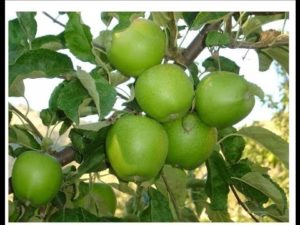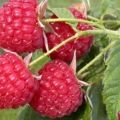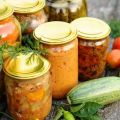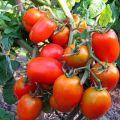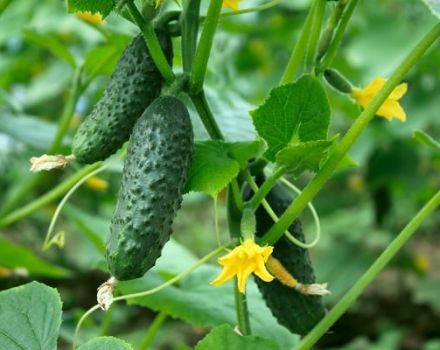Description and characteristics of the Silver Hoof apple tree, planting and care
Unlike other apple trees, the Silver Hoof variety is more often grown in the Urals and Siberia. Such localization is due to the increased drought and frost resistance of the plant, the ability to withstand sudden temperature changes, good productivity and early maturity. Planting and caring for the Silver Hoof is easy. However, in order for the plant to bear fruit, a number of conditions must be met.
Content
Breeding history and growing region
Gardeners owe the emergence of this variety to the breeder L.A. Kotov, who in the 80s of the last century bred the plant in a nursery in Yekaterinburg. The Silver Hoof is the result of crossing the Rainbow and Snowflake apple trees.
The plant took its unique characteristics from crops that were not popular with gardeners. But partly the frost and drought-resistant properties of the Silver Hoof received due to the fact that among the "descendants" of Rainbow and Snowflake there are Siberian varieties.
The plant, due to the specified characteristics, is suitable for growing in any region. But breeders recommend planting crops in territories from the Urals to Kazakhstan.
Features of the variety
These characteristics are due not only to the "ancestors" of the tree. External features of culture also played a significant role in this.
External data
The description for the variety indicates that the Silver Hoof is a medium-sized tree. However, the live plant looks different.
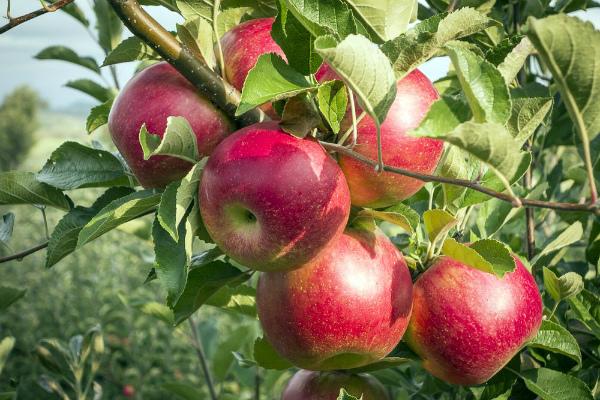
Tree height
As noted, the Silver Hoof belongs to medium-sized apple varieties. An adult tree does not exceed three to four meters in height.
Crown width
The crown of the tree is round or round-spread. The branches are located at an angle of almost 90 degrees to the trunk. The size of the crown depends on the nature of the pruning, which must be carried out annually, since the tree is prone to overgrowth. However, the branches don't stretch far.
Root system
The root system of the apple tree is developed and relatively powerful, but it is located close to the surface. This must be taken into account when applying fertilizers.
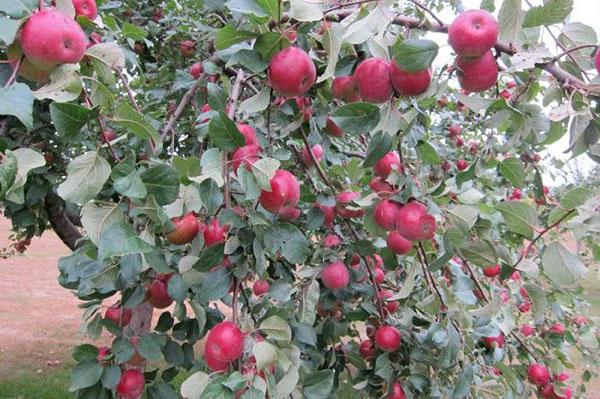
The shape of the leaves and flowers
Apple tree leaves have the following characteristics:
- deep green tint;
- rounded base;
- pointed top;
- average pubescence;
- matte coating;
- Raised edges with fine teeth.
The apple tree of this variety has rounded flowers of medium or large size, white.
Technical description
The apple tree of this variety has an important feature: the tree tolerates prolonged drought well. But this plant is characterized not only by this advantage.
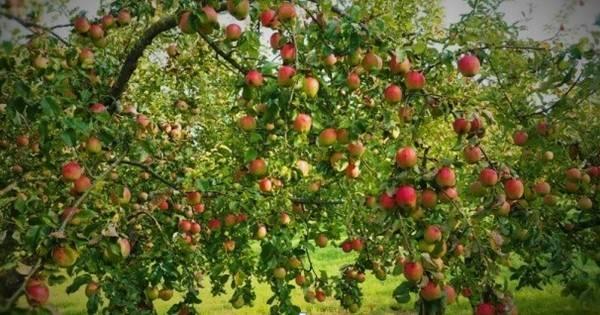
Winter hardiness
The culture is able to withstand prolonged frosts, while maintaining the same fertility. Therefore, this variety is preferred to grow beyond the Urals.
Disease resistance
The likelihood of infection with scab and other diseases directly depends on the nature of the tree care. With abundant moisture in warm summer, the risk of infection increases.
But with proper care, the plant shows average resistance to disease.
Pollinating varieties
The apple tree of this variety is self-fertile. To obtain a harvest, it is recommended to plant the following pollinators near the plant:
- Zhigulevskoe;
- Anis Sverdlovsky;
- White filling;
- Lingonberry.
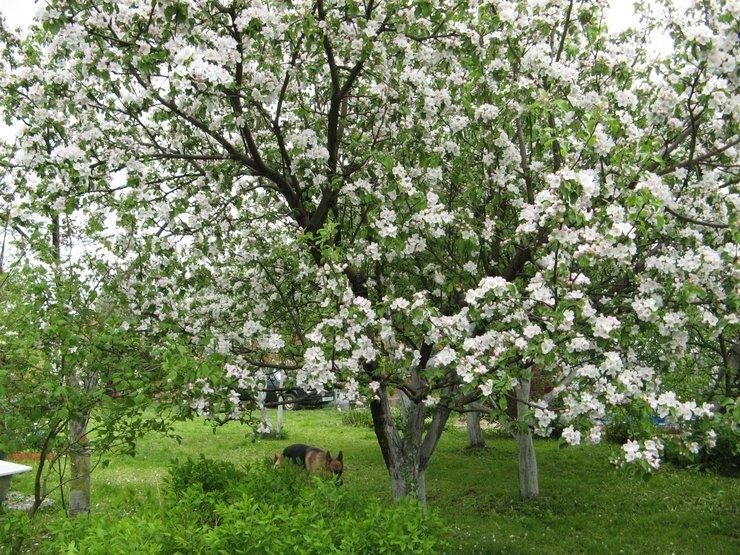
The maximum distance to the pollinator should not exceed 60 meters. But the optimal landing pattern is 5x3 meters.
Self-fertility
As mentioned earlier, the Silver Hoof variety is not capable of self-pollination. Therefore, without trees that could perform this function, the apple tree does not produce crops.
Ripening time and amount of harvest
The ripening time of apples depends on the region where the tree grows. Ripe fruits are harvested from late July to mid-August. Apples left on the tree before September become transparent. With proper care, an adult tree produces up to 160 kilograms of ripe fruit.
Taste and nutritional value of apples
Apples of the Silver Hoof variety are distinguished by their fine-grained pulp with a juicy texture. The fruits have a pleasant, sweet and sour taste. Apple composition contains up to 13% sugars and up to 17% dry matter. Also, for every 100 grams of fruit, there are up to 12.5 milligrams of ascorbic acid.
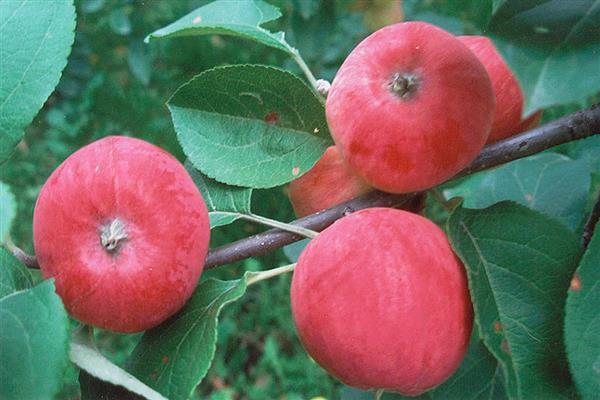
Reproduction methods
The silver hoof apple trees are propagated by cuttings and grafting (buds or cuttings). Less commonly, the method of planting seeds in open ground is used.
Planting and care technology
The characteristics of the plant and the yield of the apple tree directly depend on how accurately the planting rules are followed.
Disembarkation
An important condition for the normal development of the apple tree is the correct choice of the place and timing of planting.
Optimal timing
It is recommended to plant seedlings of the Silver Hoof variety in:
- April;
- end of July;
- mid-October.

Autumn is considered the optimal time for planting.
Place and composition of the soil
It is recommended to plant an apple tree in well-lit areas with deep groundwater. The culture develops best in light and loose soil.
Technology
For seedlings of the Silver Hoof apple tree, it is recommended to dig a hole with a diameter of 70 centimeters and to a depth of 60 centimeters. At the bottom of the hole, it is necessary to pour 4 kilograms of humus, 20 grams of urea with calcium, 40 grams of superphosphate. Fertilizers then need to be sprinkled with earth, forming a hill, on which a seedling is then placed and buried in soil. The tree must be immediately tied to the peg.

Regularity of watering
The frequency of watering depends on the nature of the warm season. On average, water is applied under the plant no more than three times. For the first time, the tree is watered during flowering, then - until early July, at the end - after harvesting.
Under young apple trees, you need to bring up to four buckets of water, under adults - up to 10.
Tree feeding
For young trees, the following feeding scheme is recommended:
- urea solution in March;
- liquid top dressing in May or June;
- superphosphate solution after harvest.
An adult tree needs urea (500 grams) every spring. During flowering, a mixture of 20 liters of water, 50 grams of urea, 80 grams of potassium sulfate and 100 grams of superphosphate, infused for a week, must be added under the trunk.At the end of flowering, the plant is fertilized with a solution of 2 grams of dry sodium humate and 100 grams of nitrophoska, diluted in the same amount of liquid.

After harvesting, the apple tree is fed with humus or a mixture of potassium sulfate and superphosphate (300 grams each). These fertilizers should be applied to a depth of 20 centimeters.
Seasonality of treatments
In order to prevent infection, the apple tree is recommended to be treated with fungicides and insecticides before the first leaves appear, and then before flowering. It is also necessary to mulch the soil around the trunk.
Pruning
For the first time, tree pruning is carried out in the spring, the next year after planting the seedlings, completely removing the branches. In the future, similar manipulations must be performed near the bottom of the trunk. It is also necessary to remove damaged and affected branches, preventing overgrowth of the crown.
Do I need to cover the apple tree for the winter
In the first three years after planting, young trees need to be sheltered for the winter, mulching the soil around the trunk and wrapping the apple tree with spruce branches with burlap. In the future, it is enough to treat the barrel with disinfectants.
Transfer
Transplanting an apple tree of the Silver Hoof variety is not required. But if such a need arises, then the tree must be transferred, trying not to damage the roots.

